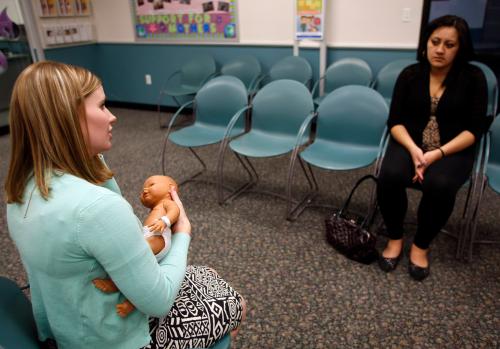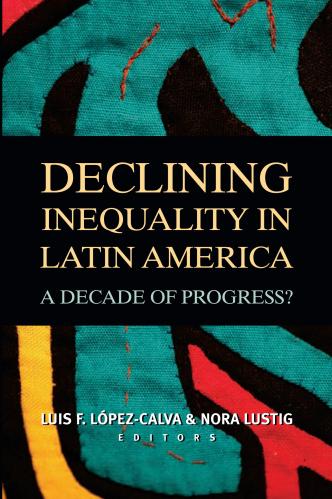Introduction
There are large and widening gaps in rates of unintended childbearing between Americans on different rungs of the income ladder. A poor woman is more than five times as likely as an affluent woman to have an unintended birth. Since unintended childbearing is associated with higher rates of poverty, less family stability, and worse outcomes for children, these gaps further entrench inequality. Closing gaps in unintended childbearing is therefore important for greater equality and opportunity.
But to close the gaps, we must first understand them. In most cases, a couple must take three steps to have a child. First, have sex. Second, fail to use contraception, or use contraception unsuccessfully. Third, decide to proceed with the pregnancy rather than have an abortion. Income gaps in unintended childbearing must therefore reflect gaps in sexual activity, contraceptive efficacy, rates of abortion, or—more likely—some combination of the three. Gaining a better appreciation of the relative importance of these income gaps may assist in the formulation of policies aimed at reducing unintended childbearing, especially for those with low incomes.
Premarital sex has been the social norm for decades, and sexual activity rates among unmarried Americans do not vary along class lines. There is no ‘sex gap’ by income. By contrast, lower-income individuals typically use contraception less frequently, and less successfully, than those with higher incomes. This is why so much attention has correctly been paid to the role that contraception—or the lack of contraception—plays in unintended childbearing, not least by our colleague Isabel Sawhill in her latest book, Generation Unbound: Drifting Into Sex and Parenthood Without Marriage, and by the team of researchers at Child Trends. The ‘contraception gap’ is a big part of the story. But it is not the whole story: less affluent women are also less likely to get an abortion when faced with an unintended pregnancy. How much do these gaps matter in terms of explaining variation in unintended birth rates by income?
The Brookings Institution is committed to quality, independence, and impact.
We are supported by a diverse array of funders. In line with our values and policies, each Brookings publication represents the sole views of its author(s).










